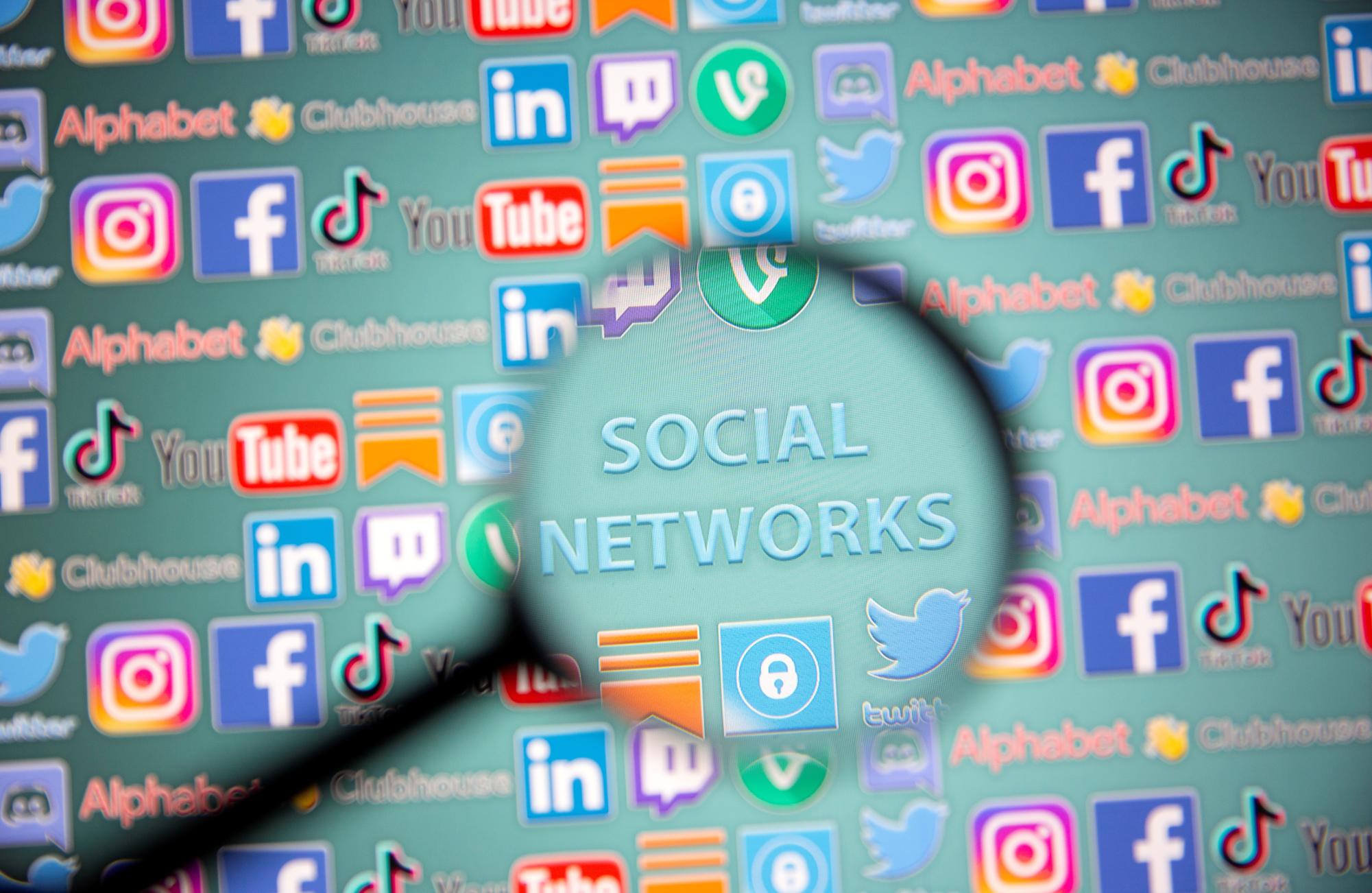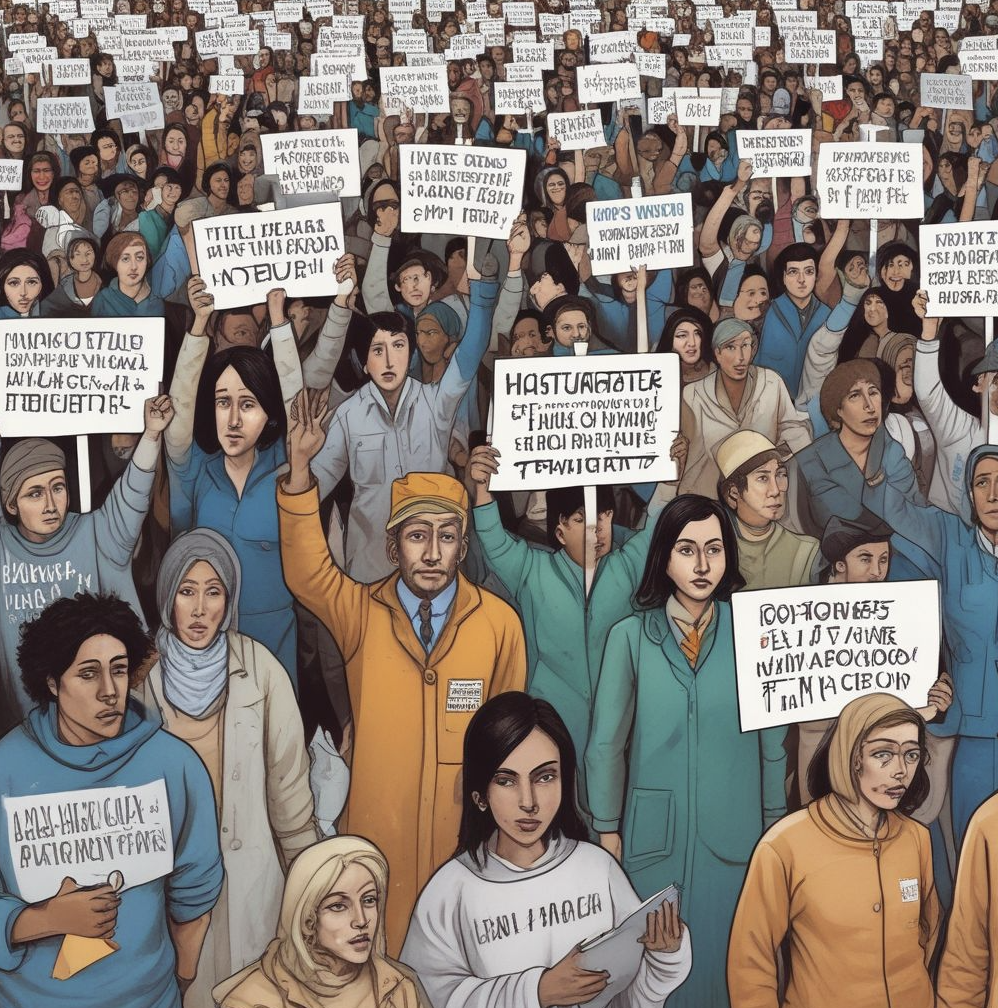As a child, I used to enjoy watching Scooby Doo. Though the world has changed since then, a lesson many of us learned from the Mystery, Inc. gang remains true: In the end, the monsters are always human.
Throughout history, there have been the obvious monsters — those who commit heinous crimes, dictators, and wolves in sheep’s clothing who prey on vulnerable souls through religion. Then there are the less obvious monsters who lurk in the shadows – the corrupt politicians, drug cartels, human trafficking rings, and predators to name a few.
Lately, however, our world has seen a rise in everyday monsters.
Over the last couple of decades, social media has offered us a virtual existence where we can connect with friends and strangers alike, bringing humanity closer than ever before. But as our world became smaller and at times more superficial, our behavior devolved into something less restrained.
Take, for example, the comment thread on virtually any subject from politics to pottery. There you’re likely to encounter a monster commonly referred to as a “troll.” They routinely engage in name calling, personal attacks, doxxing, and other vicious tactics. In the real world, most trolls present themselves as upstanding citizens. They serve on church committees and volunteer in their respective communities. But when they login to social media, the mask comes off, and their true colors are revealed in the cruel words they post.
Similarly, there are keyboard crusaders, zealot podcasters, extremist influencers, and their fiercely loyal followers who arrogantly maintain that their solutions are the exclusive cures to the world’s woes. Such everyday monsters, combined with politicians and the mainstream media, have leveraged social media to foster an “us versus them” mentality that has transitioned from the metaverse into actual reality.
Champion boxer Mike Tyson once observed, “Social media made y’all way too comfortable with disrespecting people and not getting punched in the face for it.”
In recent years, there has been an uptick in vicious behavior that once festered almost exclusively in cyberspace. What were vile words nefariously pecked behind an anonymous keyboard now manifest themselves as names and faces in our everyday lives. We witness retail workers, service providers, medical professionals, educators, law enforcement, and first responders being verbally degraded and sometimes physically assaulted on a near daily basis.
As the rhetoric and anger from social media spews into the real world, so too has a universal sense of despair, leading to an increase in mass shootings, violence, suicides, and fierce divisions among families, friends, and communities. Nevertheless, everyday monsters like a woman at a recent Milwaukee Brewers baseball game still find it acceptable to get in the face of a brown-skinned veteran and shout, “Let’s call ICE.”
In his book, “The Garden of Stones,” author Mark T. Barnes writes, “Why do we invent the monster as a metaphor? Surely all we need to do is witness our own cruelty to each other to see the real face of evil.”
The face of evil Barnes alludes to manifests itself when everyday monsters use group texts to discuss sending those with opposing political views to “gas chambers;” attacking “Jews,” calling the Black community “watermelon people,” longing for a return of slavery, and fantasizing about raping their enemies. That cruelty the author refers to can likewise be witnessed when we turn a blind eye to our neighbor in need, when we seek to punish the unwed parent, the poor and the migrant; or when we degrade and demean people based on the color of their skin, who they love, what they believe, or how they identify.
Fear and superstition are the reasons that so many among us have devolved into everyday monsters.
Fear, as the English historian James Anthony Froude reminds us, “is the parent of cruelty.” It is likewise “the main source of superstition,” as Bertrand Russell observed. Fear and superstition have written many dark chapters of American history, including the Salem Witch Trials.
If only we could find it in our hearts to approach the things we fear about each other with a similar sense of enthusiasm as when celebrating the things we find frightening on October 31st.
As author Steve Garnaas-Holmes observed, “Halloween: A day when we get it right. Strangers come to us, beautiful, ugly, odd or scary, and we accept them all without question, compliment them, treat them kindly, and give them good things. Why don’t we live like that?”
Why, indeed. It’s a mystery that I doubt even Scooby and the gang could solve.
—
J. Basil Dannebohm is a writer, speaker, consultant, and former legislator. His website is www.dannebohm.com.







